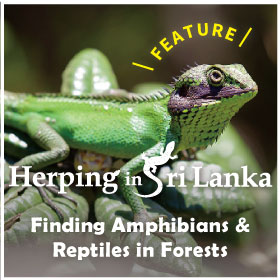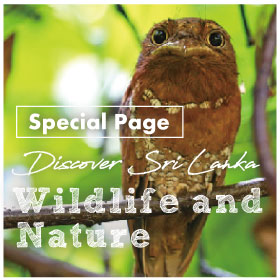11 nights/12 days Bird Watching Experience
Recommended for Birdwatching and Bird Photography. Visit famous birdwatching spots such as Sinharaja Rainforests and Horton Plains National Park. A trip guided by the local bird spotter.
-
Length11Nights12DaysPriceContact us























































































